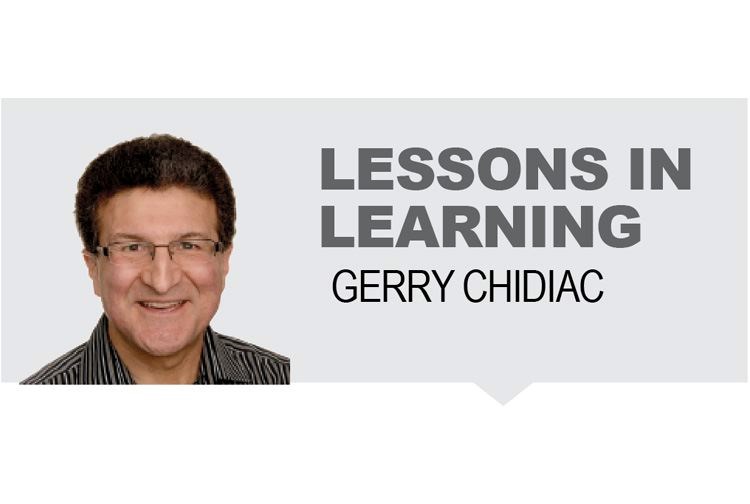My earliest memories of baseball revolve around the 1969 Chicago Cubs. Enthusiasm just resonated off Wrigley Field as the great Ernie Banks chimed: “Let’s play two!”
Regardless of the disastrous finish to that season for the Cubbies, a love for the game was planted in my soul as a seven-year-old. These heroes were larger than life.
I knew little of the impact segregation had on the game I grew up loving or the impact it had on my heroes. I knew almost nothing about the courage of the men on the field, whose character extended far beyond the baseball diamond.
After Jackie Robinson and Larry Doby joined the National and American Leagues respectively in 1948, the writing was on the wall for the Negro Leagues. They still signed players and played games, but the number of fans began to dwindle. By the 1950s, the calibre of play had diminished and soon the great teams of the past were no more.
Many of the greats of my childhood were veterans of the Negro Leagues. Banks had played for the Kansas City Monarchs. Henry Aaron, who broke the home run record in 1974, had played for the Indianapolis Clowns. The unforgettable Willie Mays had started his career with The Birmingham Black Barons. And there were many others.
America was deeply divided in the early 20thcentury and Major League Baseball Commissioner Kenesaw Mountain Landis was determined to keep baseball segregated until his death in 1944. He failed on several counts. While the top baseball leagues were segregated, the players were not. Athletes naturally want to go up against the best competition and they found ways to do so. Winter leagues in Latin American countries, for example, saw no point in segregating players. There were also forces beyond baseball, which recognized our common humanity and the obscenity of segregation. One also has to recognize that despite the efforts of Landis and others to keep black players out of the National and American Leagues, elite baseball was indeed being played in the Negro Leagues.
It seems rather odd that it has taken Major League Baseball until 2020 to officially recognize statistics from the Negro Leagues as the equivalent of National and American League statistics. The calibre of play was well known to the athletes and fans. There has arguably been no greater pitcher than Satchel Paige, who joined Larry Doby in Cleveland in 1948 and humiliated American League batters as a man in his 40s, normally well past the prime of a baseball player.
Racism is pointless and it will inevitably fail, as it did in baseball, but it is part of our history. Today, there are only two known Negro League stadiums still standing: Hinchliffe Stadium in Paterson, New Jersey, where Doby grew up; and Rickwood Field in Birmingham, Alabama, where Mays once played. These living monuments need to be preserved.
It is important to note as well that racism did not end once the American and National Leagues were integrated. In many ways, it became much worse. Young black players like Banks’s teammate Billy Williams and Dick Allen, who played for the Chicago White Sox, were harassed and threatened while playing minor league baseball. Even the great Henry Aaron received hundreds of thousands of letters threatening violence as he neared Babe Ruth’s homerun record.
There are several important lessons to take away from studying segregation in baseball. The most obvious is that there will be small-minded people who are not able to see the richness of human diversity. Though they may do their best to create conditions that keep us apart, however, there is a greatness in the human spirit which will always find a way to bring us back together and help us to become better.



